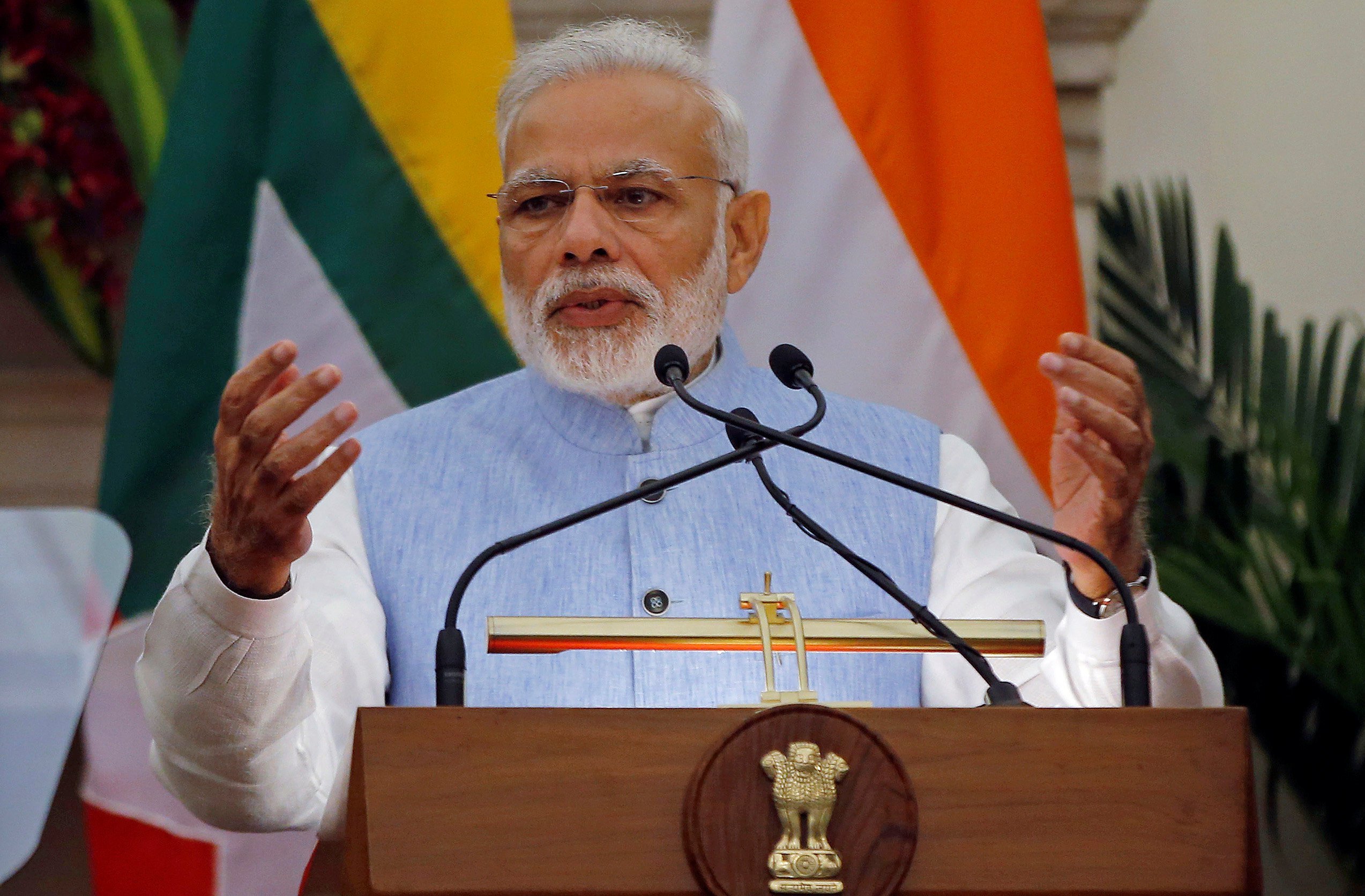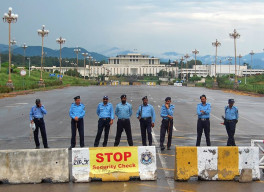
Before dwelling deep into technicalities of the closure, sealing about 3,500kms long border in itself is a mammoth task. However, India’s military bureaucracy and its affiliated business community are jubilant. Over the last decade, their mutually beneficial nexus has merely grown stronger. High on Hindutva and Indian nationalism, mainstream media rarely dares to report on their big-ticket defense contracts.
Pakistan welcomes Trump offer to make peace with India
It may be safe to say for Modi government, Israel is increasingly emerging as a security role model. From the Zionist state’s military prowess to geographically sealing off territories by fencing or building walls, the Hindutva-fuelled leadership wants to emulate it all. Interestingly, the Middle East’s anomalistic entity too is an occupier like India; championing racism, religious extremism and global exceptionalism.
India wants to seal its border with Pakistan like the 650kms long Israeli West Bank wall. From the glacial mountain ranges in the north to 262kms marshy terrain in the Rann of Kutch, the odds seem formidable. For Donald Trump of India, building a wall along Rajasthan and Thar borders, 1,050kms in length, will be easier said than done. The region’s extreme climatic conditions dwarf Eastern California’s Death Valley. From engineering viewpoint, the US-Mexican border wall seems more viable than one in the South Asian desert. High speed gales and above 50°C temperature in some of its parts belittles prospects for border fencing. Besides, India has already learnt its lessons in maintaining the fences built previously.
Ready to play mediator between Pakistan, India: Trump
Leaving aside the disputed nature of areas such as Rann of Kutch, sealing off sources of salt and exposure to seasonal coastal tides will also pose a monumental challenge. Mountainous terrain, over a half a dozen rivers and rivulets crisscross the region with enormous amount of water flowing at high speeds. So far, India has been using an all-terrain vehicle to monitor swampy Rann of Kutch with a limitation of topography, geology and harsh climatic conditions. While Trump aspires to keep Mexicans out, Modi’s wall or fence in the southern border will be aimed at drawing a line to divide nothing at a hefty cost borne by the public.
Presumably, the world’s most bitterly contested dividing line stretches to some 1,230kms in Indian Kashmir, including the 200kms border with Pakistan. Delhi alleges Pakistan-based militants sneak into the valley from the riverine region, making it a nightmare for India to monitor. For instance, Indian version of Pathankot attack claims militants sneaked in through a tract along Gurdaspur border. Last year too, the worst kind of fire exchange along the border was witnessed, causing a number of casualties.
BJP’s India needs some remarkable engineering to seal the boundary in the region. India has been cooperating with US institutes, such as Sandia National Laboratories for over a decade to perfect laser and thermal technologies for border controls. But so far, it has only been able to achieve mixed results due to geographical factors and wildlife.
White House nudges India, Pakistan to talk
In reality, however, India may never stop blaming Pakistan for sending militants across even if a brick wall, a fence or a laser thermal technology is put in place. But for now, the realtors in Pakistan’s eastern nation will continue to sell fantasies to their patriotic politicians. Perhaps, even Donald Trump may turn to India’s rescue after losing his bid for the White House and trashing his Mexico-wall ambition.
Pakistan, on the other hand, will benefit if India builds the wall, even though Islamabad aims to secure its border with Afghanistan and Iran instead. While Islamabad has registered a remarkable decrease in terrorist incidents, it is India where Rashtriya Swayamsevak Sangh (RSS) followers have been rising since mid-1990s. With the rise of Modi, the extremist Hindu militia has achieved unprecedented access and appeal. Instead of India, Pakistan is under threat of extremist infiltration. Observers suggest the number of RSS followers and sympathisers is equal to that of Pakistan’s entire population.
Delhi’s manoeuvres are increasingly limiting, if not eliminating prospects for political cooperation and people-to-people contact. The dying idea of South Asian Association for Regional Cooperation and common economic market may not sustain any further traumas. While Pakistan does not oppose Delhi’s ambition to seal the border, it may be yet another one of Modi’s fake promises.
Naveed Ahmad is a Pakistani investigative journalist and academic with extensive reporting experience in the Middle East and North Africa. He is based in Doha and Istanbul. He tweets @naveed360


1730965998-0/BeFunky-collage-(27)1730965998-0-165x106.webp)
1731933289-0/BeFunky-collage-(68)1731933289-0-165x106.webp)





1731929357-0/Express-Tribune-(6)1731929357-0-270x192.webp)







COMMENTS (1)
Comments are moderated and generally will be posted if they are on-topic and not abusive.
For more information, please see our Comments FAQ